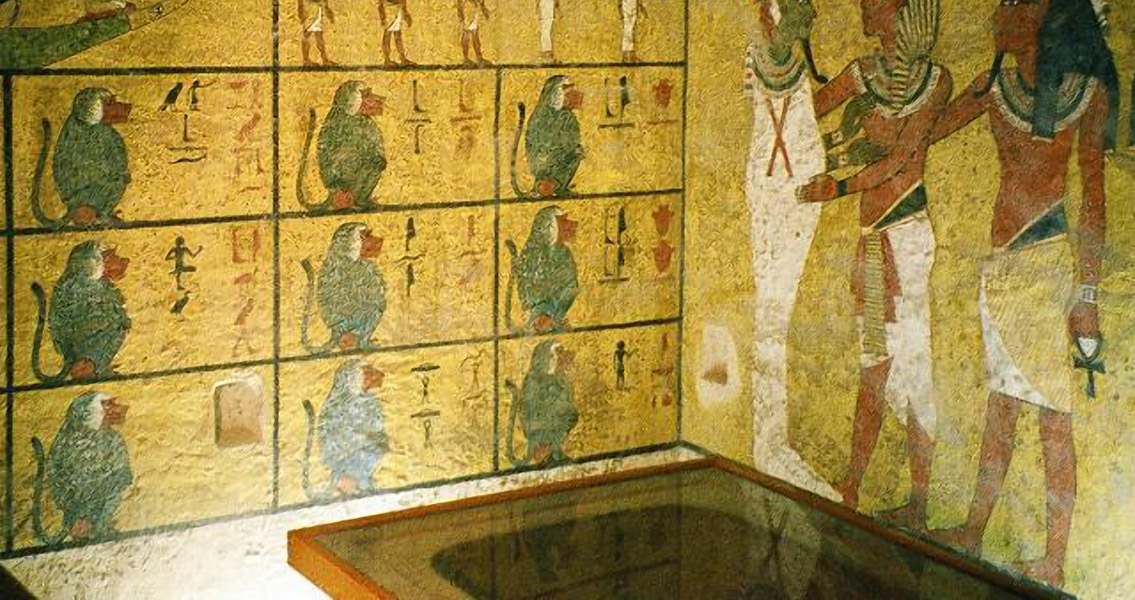<![CDATA[Egyptian Antiquities Minister Mamdouh Eldamaty announced in a press conference this week in Cairo that radar scans on the walls of King Tutankhamun's burial chamber do in fact verify the presence of hidden chambers, confirming there are unidentified objects within them. A secret kept for over 3,000 years that could change the way Egyptologists view the life, and death, of the boy king. The objects appear to be composed of organic and metal materials, according to statements by Eldamaty at the press conference, who added “It could be the discovery of the century.” Another radar test will be completed later this month to help determine the investigation's best course of action. These results can be considered as another step in a new and radical understanding of one of the world's most famous tombs. For nearly 100 years no one had imagined the work begun by Howard Carter, who discovered the tomb in 1922, might be incomplete. Carter spent a decade clearing and documenting items from the tomb - over 5,000 artifacts. The tomb of King Tut was the most undisturbed royal tomb ever discovered and provided Egyptologists an unprecedented view into the king’s life and material surroundings in the fourteenth century BCE. The impetus for the radar scans was the publication of a paper in 2015 by British archaeologist Nicholas Reeves, whose area of expertise is the Valley of the Kings. In the paper he claims, among other things, that there could be another tomb behind the walls of the king's burial chamber. Reeves based his theory partially on high-resolution laser scans taken inside the tomb, which appeared to show traces of door openings and passageways which had been plastered and then painted over during the chambers' preparation for Tut. Reeves’ paper was largely dismissed by most Egyptologists at the time. The ongoing examination of the tomb however, has provided support for a number of his ideas. The biggest endorsement to date has been the radar results. The scans were taken when Reeves and a radar specialist from Japan, Hirokatsu Watanabe, were invited by Eldamaty to conduct an examination of the walls in question. The initial results were compelling, and Eldamaty announced in a press conference in November last year that he was “90 percent positive” that another chamber was behind the north wall of the existing burial chamber. This recent announcement is based on the final report which Watanabe delivered earlier this year. The findings have since been reviewed by other experts in the field. More tests are planned, but practically anything discovered behind the walls will require specialists to view the reign of King Tut through new eyes. One of Reeves’ most explosive theories was that the tomb of Nefertiti, widely believed to be Tut’s stepmother, is behind the north wall. Reeves has also suggested that Tutankhamun’s widely identified funerary mask was made for Nefertiti originally. No hard evidence exists for this theory although several prominent Egyptologists agree with Reeves’ suggestion. There are also signs pointing to the fact that many of the grave goods associated with Tut were in fact made for someone else. Like so many, we’ll have to wait and see. ]]>
Taken to the Grave – King Tut’s Secret Chamber Confirmed
